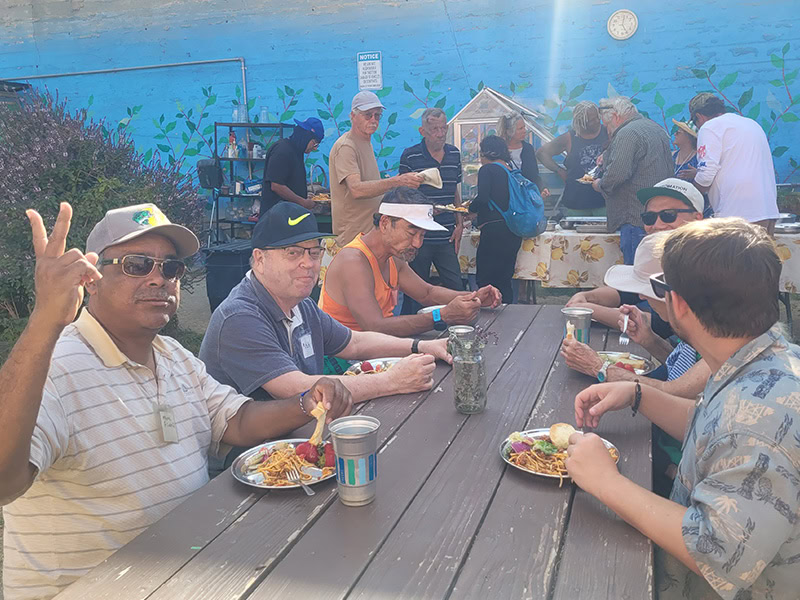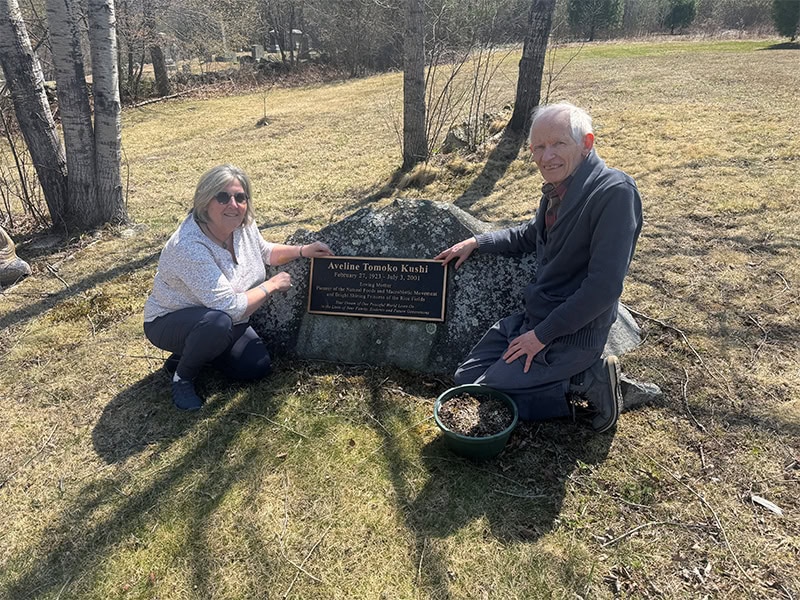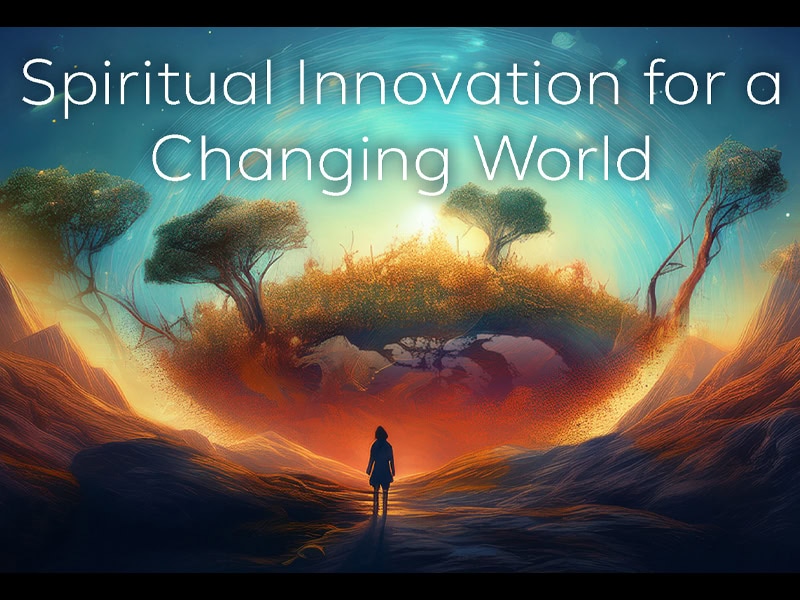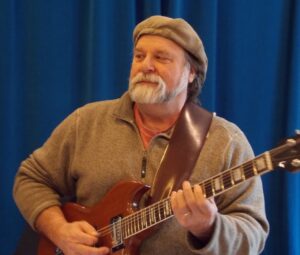
A few months ago, Rev. Ken Turley agreed to talk with me about the intersection between music and ministry in his career for publication in the Messenger. I have followed his passion for how spiritual experience can be enriched through music ever since we shared an apartment as seminarians in the early Eighties. Not long after this interview took place, Ken suffered a massive hemorrhagic stroke on the right side of his brain. Though his wonderful cognitive and language skills remain, he is struggling to regain use of the left side of his body. His wife and frequent music collaborator, Laurie Turley, is maintaining regular updates where you can follow and support his journey at https://www.caringbridge.org/visit/kenturleyupdates
—Jim Lawrence
How old or young were you when you began to realize you had a talent for music and that “doing music” was important for your sense of self and of meaningful expression? Tell us that story of emergence.
In fourth grade, after a demonstration of strings, I was intrigued and the invitation to get out of class once a week for orchestra was too much to pass up, so I began playing violin. A few years later I moved to cello, then to string bass. I never considered whether I had talent, I enjoyed playing, (I did not enjoy practicing), and it included a field trip or two. Still, it was a constant, even if overshadowed by football and basketball in High School. It was in college, after getting my first D in Zoology, that I decided to switch my educational goals from pre-med and psychiatry to music. It was also at this time that, having applied for and received Conscientious Objector status during the Vietnam War, that I left school for two years of alternate service, which turned into five years.
My service involved day staff at a recreation center for physically, mentally, and emotionally challenged adults. And then, Mother Goose, Inc. during what extended into four years as a social service organization, we brought music and the arts, both performing and teaching to kids confined in institutions.
It was during my time in San Francisco working at Mother Goose, Inc., that I grew to understand the purpose and power of music to lift people’s spirits and draw them together in a shared sense of unity and harmony. I’m not sure it ever occurred to me to question whether I had talent, it was what I loved doing.
In 1974 or so, I left Mother Goose, Inc., and drove from San Francisco to Nova Scotia, then to Boston and back across the South to San Francisco and ending up in my hometown of Seattle. I finished my undergraduate work and got a degree in music theory and history, from The Evergreen State College in Washington state. There, I played classical music with a flute player and a mandolin quartet; and also, electric rock-jazz fusion music in a band. There were also many impromptu singing circles in people’s living room. As a musician I was completely promiscuous: I would play with anyone, anytime, anywhere. At one point, a girlfriend at the time and her friend liked to play recorder, so I learned alto recorder and we had many an enjoyable evening paying duets and trios. This led to one of my first efforts in composition, a series of duos and trios for us to play. So, you can see how my musical journey was multi-dimensional and led to my very eclectic tastes in music.
As a preacher’s kid, did the music part of church gatherings play any role in your budding love of music as a youth?
Yes, very much so. I have a distinct memory of being in our rather space-age sanctuary in Bellevue and my dad leading worship services with his little Wolensak reel to reel tape recorder, and the foot pedal he used to start and stop the music. He was so proud of that! He would play what I must assume was pre-recorded music for anthems and meditations. What I specifically remember was the day he played Odetta singing a spiritual. This was right in the late Fifties when the Civil Rights Movement was at a peak. I don’t remember the specific song, but I remember the experience to this day. And of course, that just blew away any boundaries I might have had concerning what can be sacred music and appropriate for worship.
You chose Evergreen State University in Washington for college because it was one of only two colleges you found that allowed guitar to be used as the instrument of choice for music composition majors. Can you share what your vision was at that time and where you were hoping to go?
Evergreen was the last of five schools I attended in the ten years it took to get my undergraduate degree. It was in part to be able to major in the guitar, but also because it was one or two or three colleges at the time that would allow you to construct your own major. I built mine with a focus on theory, history and arranging classical music for a variety of instrumental combinations. My Senior Recital involved, besides playing a series of solos and duets on classical guitar, performing a Haydn Sonata for Violin and Piano on electric piano and electric guitar, a Bach Prelude and Fugue with three electric guitars, and a series of pieces in which I played Mandola with a classical mandolin quartet. Upon graduation, I learned an immense amount about music, and absolutely nothing about how to make a living as a musician. It was this predicament, after playing guitar in a college production of Godspell, and serving as music director for a semi-pro production Godspell that ran for twelve weeks, it finally occurred to me that contemporary music could convey a sacred message, and this led to my decision to pursue becoming a church musician. Long story short: I became a minister who does music.
You have composed pop and folk style melody hymns as well as classical oratorios. What are you doing now, and how would you describe your music style in your performances today?
There are three basic areas of my current musical endeavors.
First is composition. While, recently, I have written a few songs and four orchestral pieces of Christmas Carols, I remain primarily in the classical realm as a composer. While a good number of my pieces are recorded and available for listening and viewing at my page on YouTube (many are accompaniment to nature videos), I am currently putting most of my effort into getting my pieces played and recorded.
Secondly is performing. I have been playing with a community orchestra, sometimes cello sometimes classical guitar. Laurie and I have our singer-songwriter duo of electric piano and guitar where we play Jazz, Blues, Pop, and our original songs. I have also been going out to local open mics and performing solo and/or with a pick-up band pulled together in the moment.
Thirdly is working. I have occasionally served as a substitute musician for a couple of local churches, playing classical guitar and leading hymns. But this category also involves pursuing publication and distribution of sheet music and CDs of my original compositions and songs. Laurie and I currently have a number or things on Spotify (search Ken Turley and Laurie Turley). Also on YouTube, I have a page and, if you search 24 Hours Laurie Turley, you can find several videos of us playing covers and original songs at a benefit for our local music school.
Having musical parts of worship services is especially challenging for small congregations. What are a couple of tips you’d especially share for how to proceed with music that adds rather than subtracts in worship gatherings of small numbers?
First: while it has always been true, (as proven by my dad in the Fifties), the COVID-19 shutdown has brought to life just how effective recorded music and video can be in small group worship. Not to mention the infinite possibilities and resources that can be found on the internet, specifically YouTube and other music and video platforms.
Secondly, when using live music and musicians in small group worship, consider making it personal, close up and accessible. And if possible, look for opportunities for people to sing along. No pressure, no performance, just the opportunity to join voices in music offered to God. With a small group, sitting together around a haltingly played guitar and a timid voice may be more conducive to worship than people spread all over a sanctuary listening to a distant organ playing old style hymns.
What is your explanation of why music or sound can move the soul so profoundly? Do you have a theory on sound and spirit?
I don’t have a theory so much as I have observations over time. I have observed music bringing people into a shared focus of attention and a similar emotional state of being as a result of listening, but even more so, of participating in the generating of sound. This has been everything from singing hymns in church to playing hand drums on a city street corner, and of course concerts and performances of all kinds. There is something about music that seems to touch deeper levels in people. Perhaps it is the tendency to join in the tempo of a rhythm, perhaps it is the vibrational resonance of harmony, perhaps it is the way a melody takes the consciousness and leads it on a bit of a journey. All I know is that whether it be in church on a Sunday morning or in a bar on Saturday night, whether it be a few people around a campfire or a celebratory birthday party, music has a way of lifting people’s spirits and creating a sense of shared community. For me personally it has a profound effect on my inner state of being and has been and continues to be an uplifting means of personal expression and, at the same time, a wonderful way to connect and build relationships with other people. And as Swedenborg informs us, as a powerful entity, its ultimate value is defined by the motive and intended and actual results with which it is created and absorbed. It is the reason I pay so much attention to lyrics; even in a bar on a Saturday night music can lift spirits and promote positive imagery or it can inflame emotions and promote bad behavior. Like fire, it can serve wonderful and useful purposes, or it can injure and destroy. Fire operates on the material plane, music on the spiritual plane. I am forever grateful for having found and made music a central part of my life, even as I continue to explore and discover music without ever approaching any kind of sense of complete comprehension. It is a gift to be gratefully received and shared, and a mystery to be enjoyed and explored.
You can find all of Ken Turley’s music at: www.turleymusic.com.
Read the full issue of the April 2024 Messenger
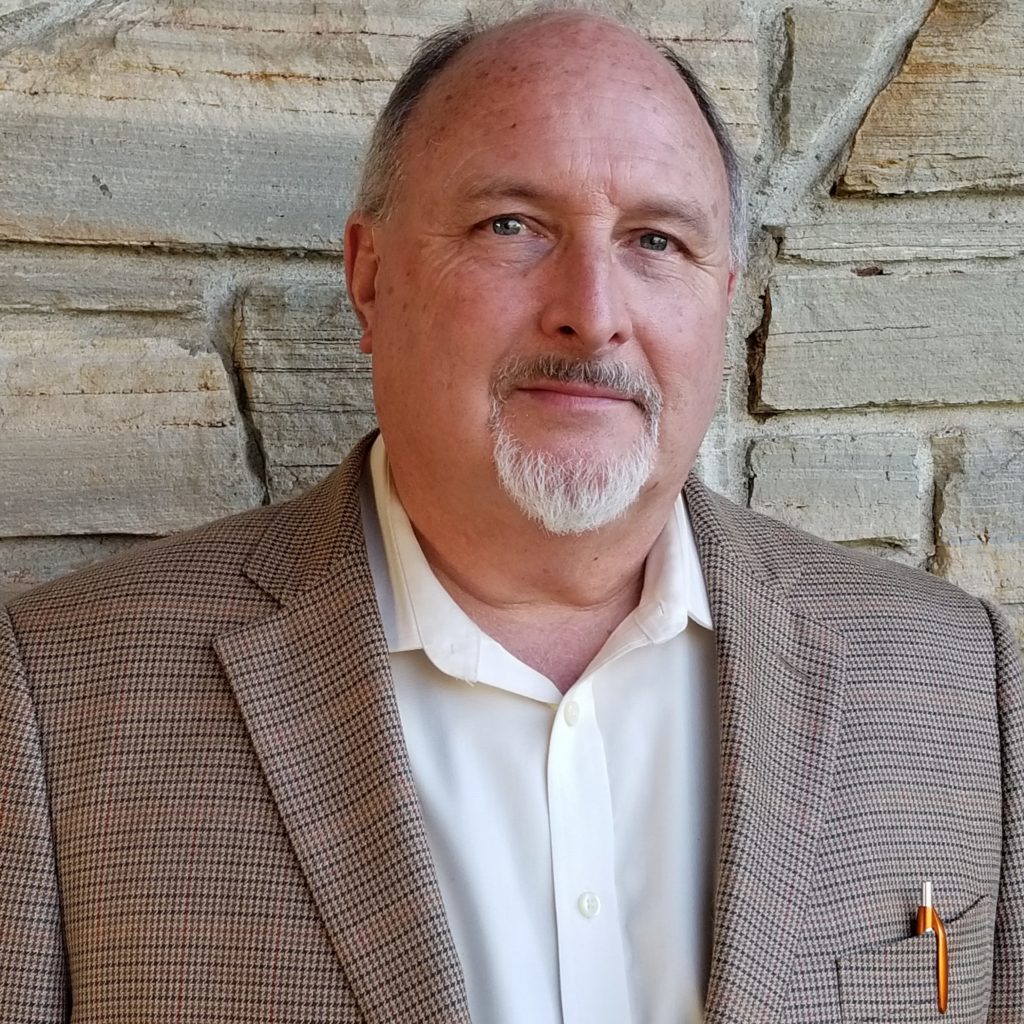
Meet Jim Lawrence
Rev. Dr. Jim Lawrence is the president of the Swedenborgian Church of North America. He was the dean of the Center for Swedenborgian Studies for 21 years prior to being elected President in 2022.

